51-foot Asteroid 2022 YG5 blitzing its way towards Earth today, reveals NASA
This asteroid is rushing towards Earth, says NASA! How close will it come to the planet?
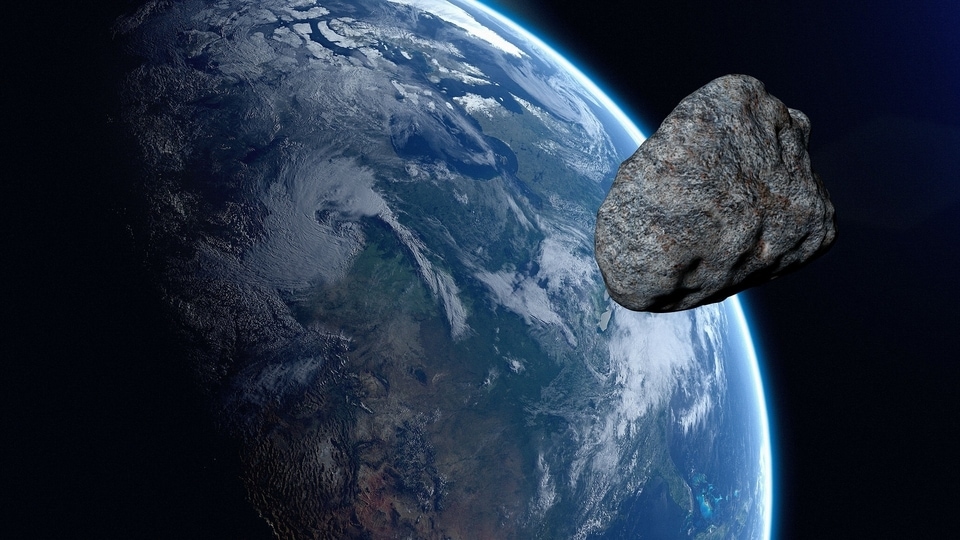
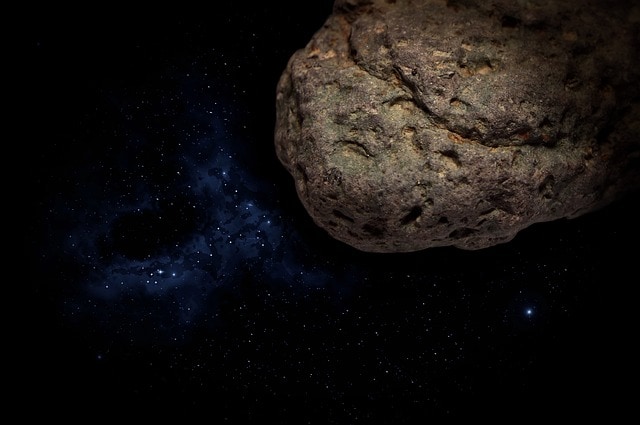
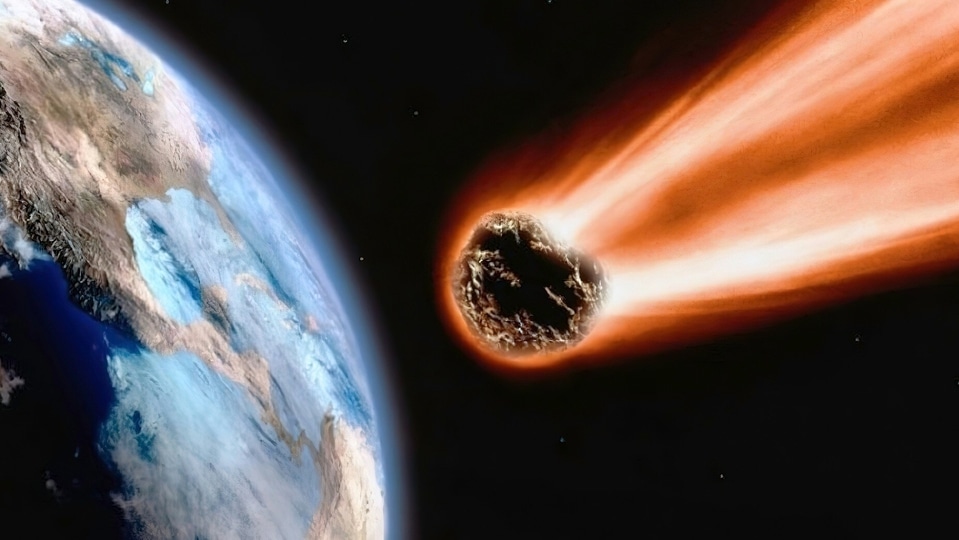
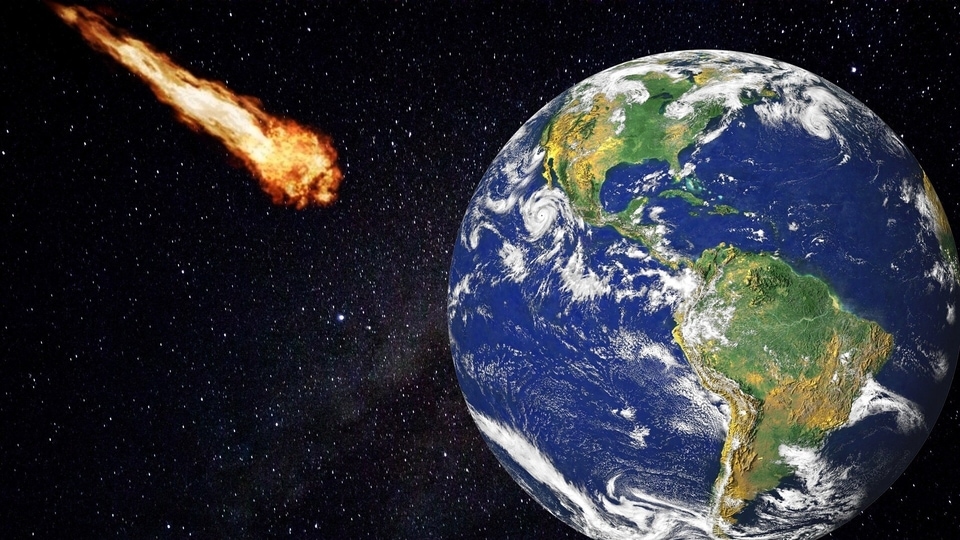
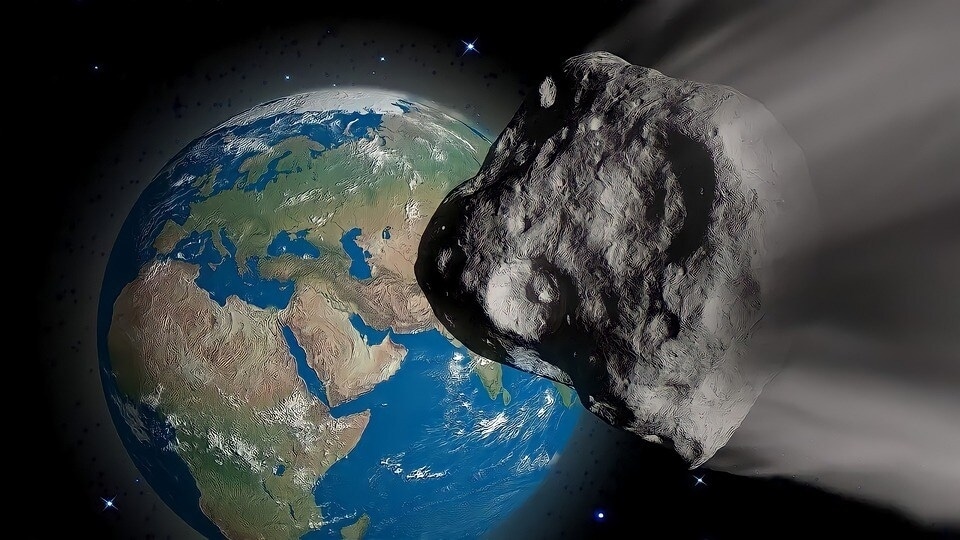
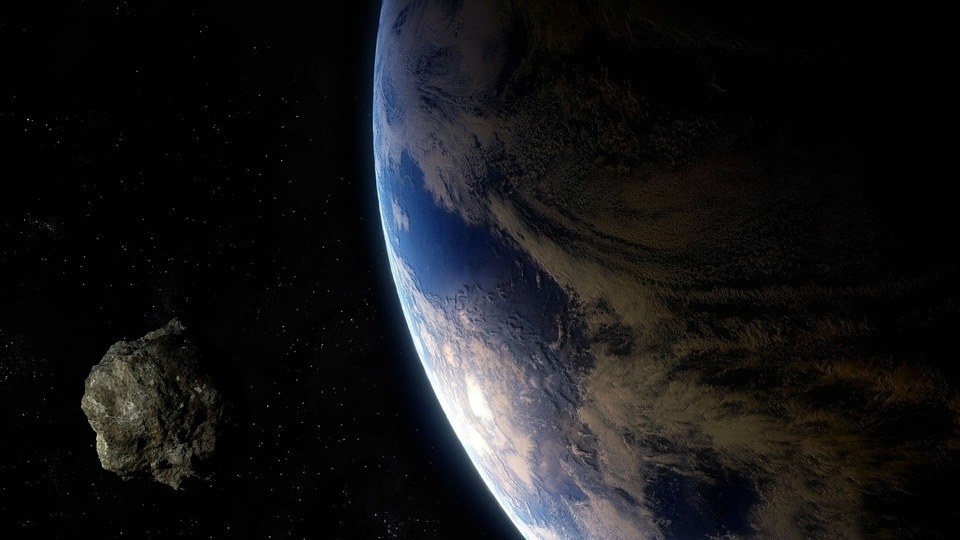
 View all Images
View all ImagesAsteroids have struck the Earth more than once in the last billion years. Some of them have changed the course of history. They may well be the reason for the rise of humanity. But how can asteroid impact craters, which struck the Earth thousands of years ago be identified? In an astonishing development, a team of international researchers identified the previous impact sites of asteroids using CSI crime solving techniques. But before that, know about this asteroid which is headed directly for Earth, as warned by NASA.
Asteroid 2022 YG5 key details
The asteroid, named Asteroid 2022 YG5 will fly past Earth today, December 30. This space rock will make its closest approach to the planet at a distance of just 3.1 million kilometers. The 51 feet wide asteroid will pass Earth at a staggering speed of 51246 kilometers per hour.
More details
According to NASA, the Asteroid 2022 YG5 belongs to the Apollo group of asteroids which are a group of near-Earth asteroids named after the humongous 1862 Apollo asteroid, discovered by German astronomer Karl Reinmuth in the 1930s. It was discovered just days ago on December 24 and takes 829 days to complete one orbit around the Sun. During this trip, its maximum distance from the Sun is 398 million kilometers and its nearest distance is 119 million kilometers.
Although this asteroid is not expected to cause any potential damage, it still has been classified as a “Potentially Hazardous Object” due to the close proximity with which it will fly past Earth. NASA's Planetary Defense Coordination Office classifies Near-Earth Objects (NEOs) as potentially hazardous if they come within 8 million kilometers of Earth.
Asteroid study using CSI techniques
According to the research, only 30 percent of Holocene asteroid impact craters have been identified that happened in the last 11,650 years. The researchers used charcoal samples from crater sites to identify the asteroid impacts. A recent article published in Geological Society of America's journal Geology explains that the bodies of organisms which died due to the asteroid impact can be analyzed to find out the extent of damage caused by the asteroid impact.
By studying how an organism died, researchers can find out the conditions in which they were killed, which actually reflect the properties of an asteroid.
Catch all the Latest Tech News, Mobile News, Laptop News, Gaming news, Wearables News , How To News, also keep up with us on Whatsapp channel,Twitter, Facebook, Google News, and Instagram. For our latest videos, subscribe to our YouTube channel.


























